
Motorsport Roundup: Formula E London E-Prix, DTM Rd 2, F1 And MotoGP...
- Jul 26, 2021
- Views : 2919

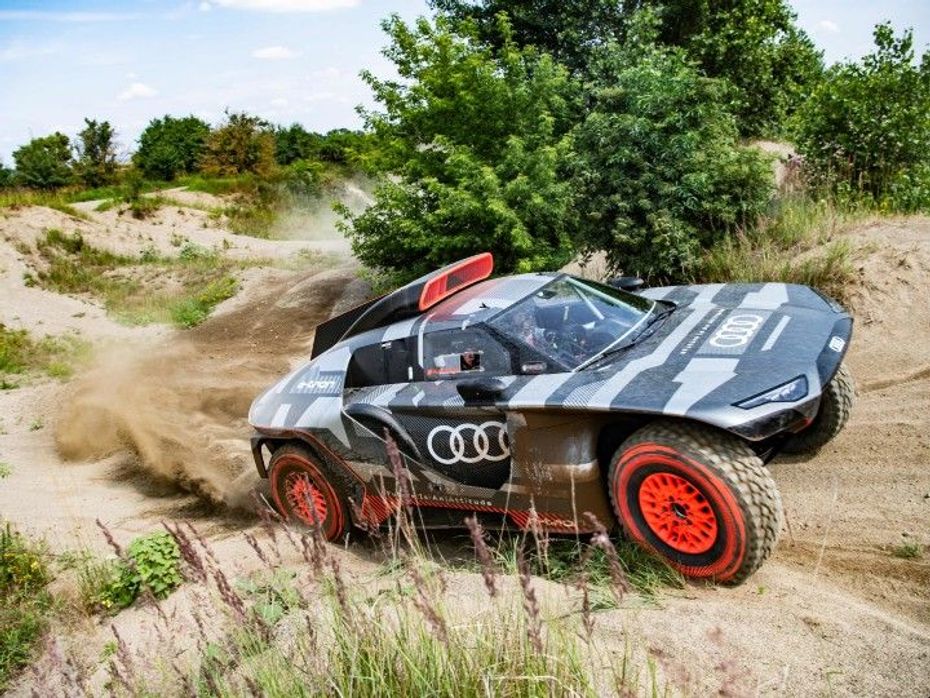
It's no secret that once Audi completes its final Formula E season this year, it will focus all its attention on the prestigious 2022 Dakar Rally. To be more precise, all eyes are going to be on the RS Q e-tron off-roader because it’ll use electrified propulsion to take on its conventionally powered competitors. This begs the question: since it's impossible to have charging stations, how will Audi’s electrified racer cover the rally distance of more than 800km over two weeks? Well, the solution to that is under the hood.
Range-extender To The Rescue

The RS Q e-tron will utilise range-extending technology in its powertrain setup. Essentially, the off-roader will have an internal combustion engine act as a motor generator to provide charge to the battery. All that energy from the battery will be distributed to the electric motors that will provide propulsion to the off-roader. So it's a hybrid setup with the electric motors doing the heavy duty. This eliminates the need for a charging station, with only regular gasoline top-ups to worry about which is already being arranged by the organisers of the Dakar Rally.
The Complete Setup
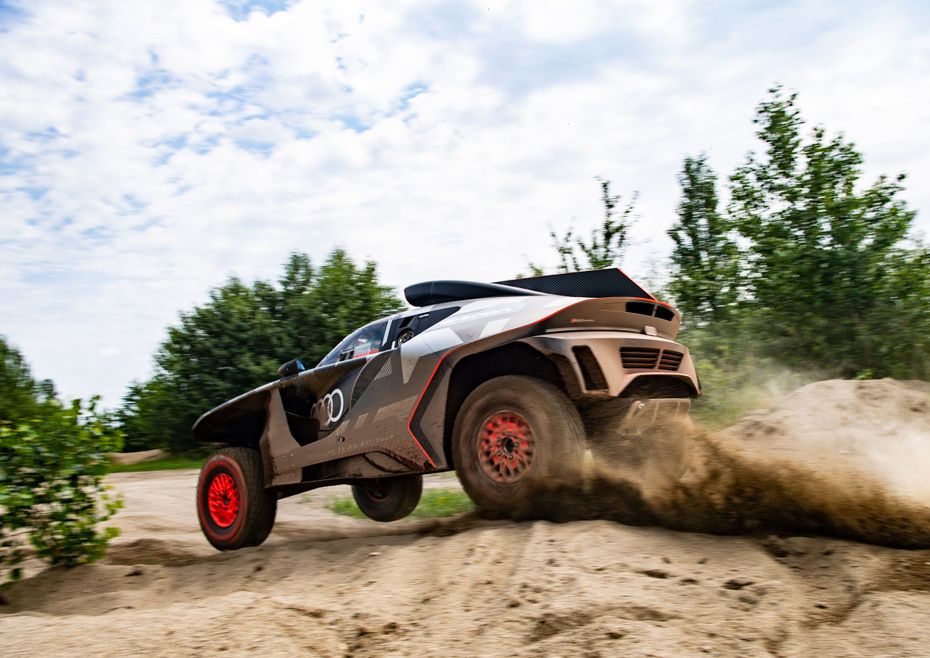
Audi’s internal combustion engine of choice for the RS Q e-tron is none other than the 2.0-litre turbocharged petrol engine that was used in its now-retired RS5 DTM race car. Operating in the range between 4,500rpm and 6,000rpm, the petrol mill will provide juice to the high-voltage battery which has a capacity of 50kWh. Propulsion will be handled by an electric motor (one for each axle) -- the same one powering the carmaker’s FE07 Formula E car. What’s more, Audi claims only minor modifications have been made for Dakar use.
Performance Matters
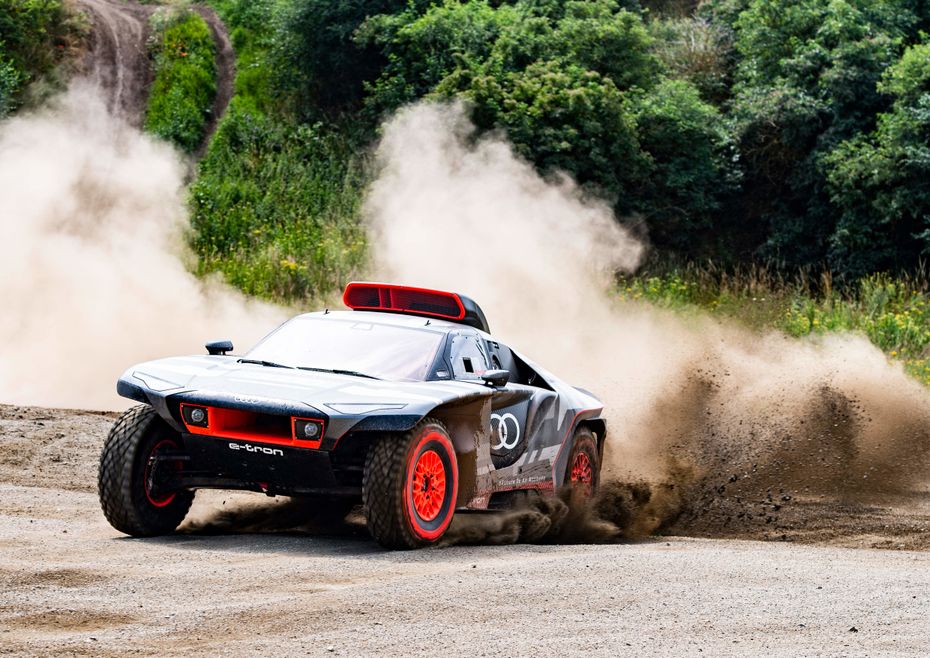
Audi claims this powertrain setup can push up to 500kW (680PS) of outright grunt, but it's yet to be confirmed whether Dakar organisers will impose a restriction for competition purposes. Another nifty feature in the RS Q e-tron is that a third electric motor is part of the energy converter, which enables the recovery of energy during braking and gives juice to the battery pack.
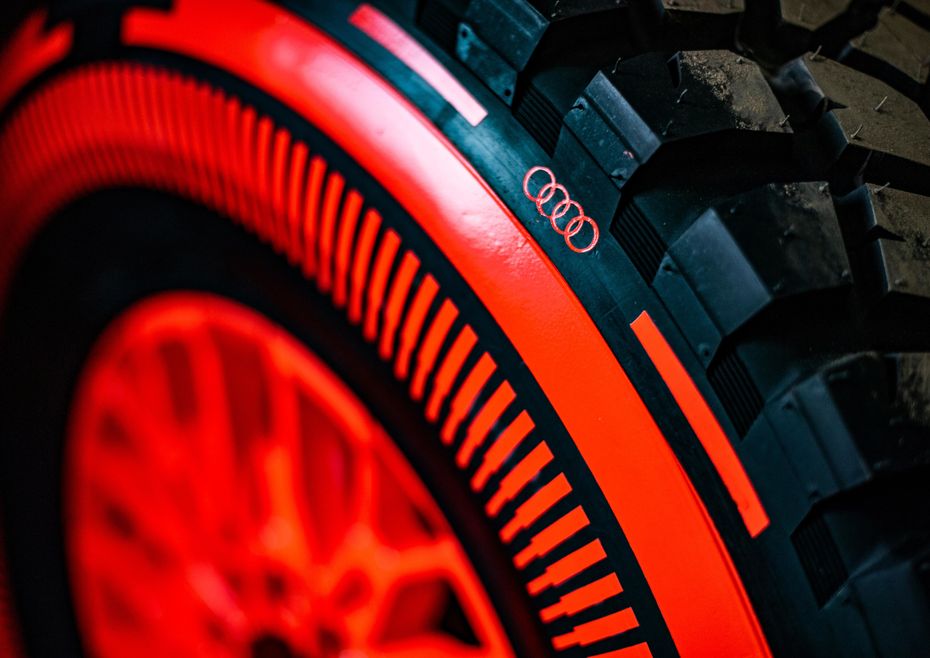
It only needs one forward gear, with the front and rear axles not mechanically connected, which is normally the case in EVs. Instead, a bespoke software developed by Audi handles torque distribution between the axles to enable a freely configurable centre differential. This is done to shed unnecessary weight and space that would have been required by a mechanical differential.
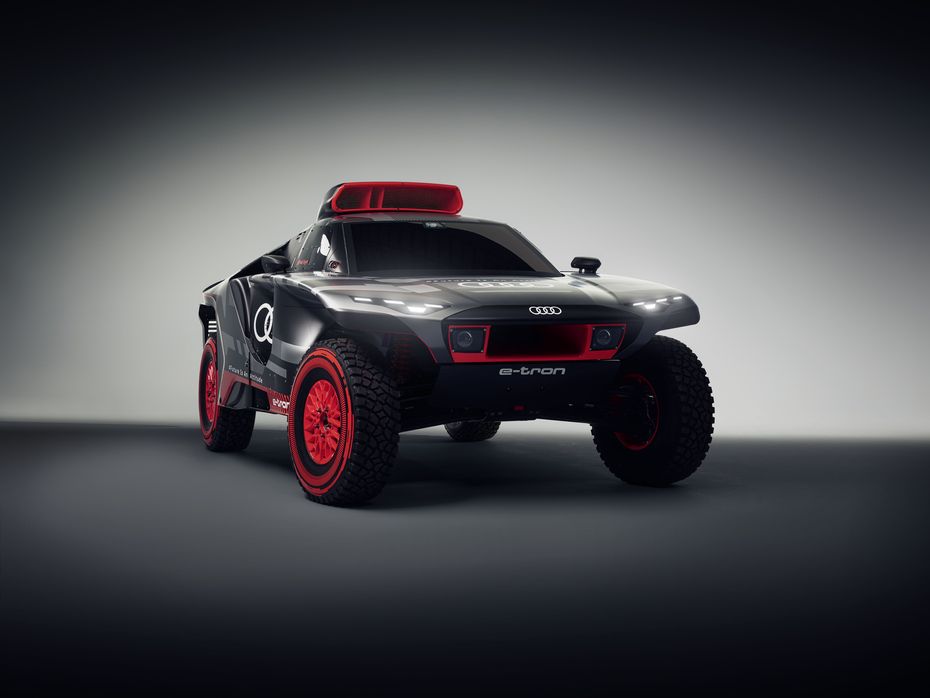
We can’t wait to see how the Audi RS Q e-tron fares at the Dakar 2022 rally which kicks off on January 1 and concludes in Jeddah on January 14. Audi has an all-star driver lineup, comprising 14-time Dakar winner Stephane Peterhansel (also known as Mr. Dakar), multiple Dakar winner and former WRC champion Carlos Sainz, and Dakar rookie and 2016 World Rallycross champion Mattias Ekstrom.

Motorsport Roundup: Formula E London E-Prix, DTM Rd 2, F1 And MotoGP...

Here’s When The Audi RS Q8 Facelift Will Be Launched In India!

Audi's Most Powerful SUV: Bookings Open For The New Audi RS Q8...

Renault Extends Standard Warranty On Kwid, Triber, And Kiger To 3...

Hyundai Exter: Welcome To The New World Of Thrills And Technology

Hyundai Creta Level-2 ADAS Explained, Perfect For Indian Road...

Hyundai Exter: An Year Long Ownership Experience That Left Us Wanting...

2024 Toyota Camry Launched In India At Rs 48 Lakh; Now...

Kia Syros Unveiled Globally As The Most Premium Sub-4m SUV In India
India's largest automotive community
 Kia Syros
Rs. 8.99 Lakh
Kia Syros
Rs. 8.99 Lakh
 Vayve Mobility Eva
Rs. 3.25 Lakh
Vayve Mobility Eva
Rs. 3.25 Lakh
 BMW X3
Rs. 75.80 Lakh
BMW X3
Rs. 75.80 Lakh
 Hyundai Creta Electric
Rs. 17.99 Lakh
Hyundai Creta Electric
Rs. 17.99 Lakh
 Lotus Emira
Rs. 3.22 Crore
Lotus Emira
Rs. 3.22 Crore